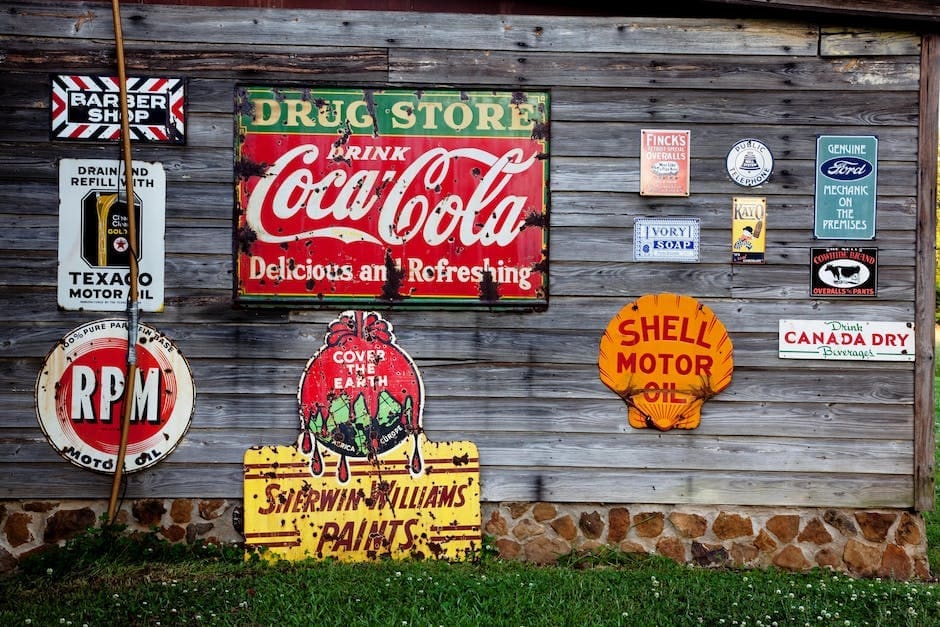
The importance of incorporating print materials into your marketing strategy
Print materials are an essential element of your marketing strategy as they provide a tangible and lasting connection with your audience. Incorporating print materials such as brochures, flyers, and business cards can help reinforce your brand identity and leave a lasting impression on potential customers. Studies have shown that physical materials capture attention and are more memorable than digital ads. Including print materials in your marketing strategy can elevate your brand’s impact and create a more holistic approach to reaching your target audience.

Types of print materials for branding
Print materials for branding include business cards, brochures, flyers, posters, and banners. Business cards are a convenient and compact way to share your brand information with potential clients. Brochures are versatile and can provide in-depth details about your products or services. Flyers are an effective way to promote special offers or events. Posters can be used for promotional purposes at various locations. Banners are great for large-scale advertising at events or on buildings. Each type of print material serves a unique purpose in enhancing your brand’s visibility and impact.
Advantages of using print materials
Print materials offer several advantages for your brand’s marketing strategy. Here are a few key benefits to consider:
- Tangible Presence: Print materials provide a physical presence for your brand that can leave a lasting impression on your target audience.
- Brand Recognition: Well-designed print materials, such as brochures, business cards, and flyers, can help in building brand recognition and credibility.
- Targeted Outreach: They allow for targeted outreach to specific demographics or geographic areas, increasing the potential for engagement with potential customers.
- Versatility: Print materials can be utilized in various settings, such as events, conferences, and direct mail campaigns, providing flexibility in your marketing efforts.
Target audience and print material selection
When selecting print materials for your marketing strategy, it’s essential to consider your target audience. Understand who they are, what they like, and how they prefer to consume information. This will guide you in choosing the most effective print materials, whether it’s brochures, flyers, posters, or business cards. By aligning your print material selection with your target audience’s preferences, you can maximize your brand’s impact and engagement. Always remember, the key to successful marketing is understanding and connecting with your audience.
Designing effective print materials
If you want to create effective print materials for your brand, consider the following key elements:
- Clear and Concise Messaging: Ensure that your print materials convey your brand’s message clearly and concisely. This includes using simple language and avoiding cluttered design.
- Eye-Catching Visuals: Use high-quality images and graphics that are visually appealing and relevant to your brand. This will help grab the attention of your target audience.
- Consistent Branding: Maintain consistency with your brand’s visual identity, including logo, colors, and fonts, across all your print materials. This will help reinforce brand recognition.
- Call to Action: Include a clear and compelling call to action in your print materials to prompt your audience to take the desired next step, whether it’s visiting your website or making a purchase.
- Quality Printing: Invest in professional printing services to ensure that your materials are produced with high quality and attention to detail. This will reflect positively on your brand’s image.
Remember, the effectiveness of your print materials depends on how well they align with your overall marketing strategy and resonate with your target audience.
Incorporating print materials into your digital marketing strategy
Print materials, such as brochures, flyers, and business cards, can complement your digital marketing efforts. They provide a tangible and memorable way to connect with your audience. According to the American Marketing Association, integrating print and digital marketing can increase brand recognition by 28%. By incorporating print materials into your digital strategy, you can create a cohesive and multi-dimensional brand experience for your customers.
Strategies for maximizing impact with print materials
To maximize the impact of print materials, consider the following strategies:
- Design visually appealing materials that reflect your brand’s identity and messaging.
- Use high-quality paper and printing techniques to enhance the look and feel of your materials.
- Incorporate a clear call to action to encourage customer engagement.
- Utilize targeted distribution to reach your desired audience effectively.
Measuring the impact of print materials on brand awareness
To measure the impact of print materials on brand awareness, you can conduct surveys or use tracking tools to gather data on brand recognition before and after distributing the print materials. OneStop Northwest can help clients with the tracking tools and brand awareness survey. A brand awareness survey can include questions about whether participants recognize your brand, if they have seen your print materials, and if they associate the materials with your brand. Tracking tools can monitor website traffic, social media engagement, and other metrics to see if there is an increase in brand visibility after distributing the print materials. Analyzing the data will help you determine the effectiveness of the print materials in boosting brand awareness.
Budgeting and cost considerations for print materials
When budgeting for print materials, it’s essential to consider the costs involved to ensure that your marketing strategy stays within your financial means. Here are a few key points to consider:
- Printing Costs: The price of printing varies based on factors such as the type of material, quantity, and printing technique.
- Design Expenses: Hiring a professional designer or using design software may come with additional costs.
- Distribution and Shipping: Don’t forget to factor in the expenses of distributing or shipping the printed materials to your target audience.
- Quality vs. Cost: Balancing quality and cost is crucial. Cheaper options may save money, but may also compromise the impact of your brand.
Keeping these factors in mind can help you create a budget that aligns with your business’s financial goals. OneStop Northwest understands client budgets and has solutions to fit every budget.
Summary: maximizing your brand’s impact with print materials
When it comes to boosting your brand’s influence, leveraging print materials can be a game-changer. By incorporating brochures, business cards, and other printed assets into your marketing strategy, you can create a tangible and memorable connection with your audience. Printed materials add a personal touch and help to establish a strong, lasting impression of your brand. This can lead to increased brand recognition and customer loyalty. Whether it’s a well-designed business card or a visually appealing brochure, print materials offer a unique opportunity to maximize your brand’s impact and leave a lasting impression on your target audience. Learn more about OneStop Northwest’s professional printing services to elevate your brand’s presence.





